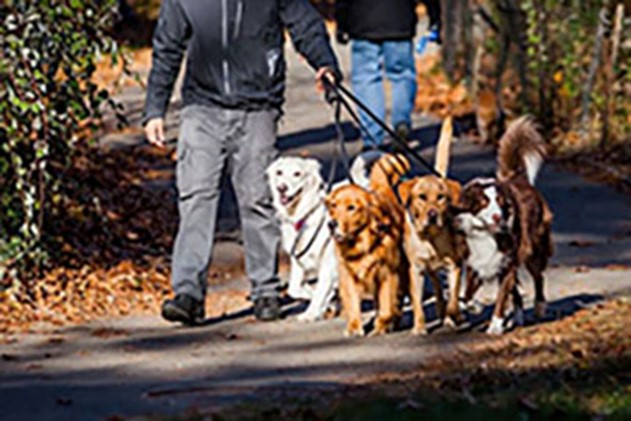An official website of the United States government
 United States Department of Labor
United States Department of Labor

Feed, water, groom, bathe, exercise, or otherwise provide care to promote and maintain the well-being of pets and other animals that are not raised for consumption, such as dogs, cats, race horses, ornamental fish or birds, zoo animals, and mice. Work in settings such as kennels, animal shelters, zoos, circuses, and aquariums. May keep records of feedings, treatments, and animals received or discharged. May clean, disinfect, and repair cages, pens, or fish tanks.
The qualifications that workers need to use judgment, make decisions, interact with others, and adapt to changes in jobs.
In 2024, more than basic people skills were required for 15.9 percent of animal caretakers, and basic people skills were required for 84.1 percent.
| Requirement | Yes | No |
|---|---|---|
|
Adaptability: Work schedule variability |
54.0 | 46.0 |
|
Pace: Pause control |
47.6 | 52.4 |
|
Working around crowds |
<5 | >95 |
|
Telework |
<0.5 | >99.5 |
|
Work review: Supervising others |
<5 | >95 |
|
Work review: Presence of supervisor |
56.9 | 43.1 |
|
Source: U.S. Bureau of Labor Statistics, Occupational Requirements Survey |
||
The minimum level of formal education required, credentials necessary, on-the-job training, and prior work experience necessary for average performance in jobs.
In 2024, prior work experience was required for 24.4 percent of animal caretakers and on-the-job training was required for 92.6 percent.
No minimum education was required for 69.8 percent of animal caretakers.
The various tangible or concrete hazards or difficulties that are in the vicinity of where jobs’ critical tasks are performed.
In 2024, greater than 99.5 percent of animal caretakers were not exposed to extreme cold, and greater than 99.5 percent were not exposed to extreme heat. Wetness was not present for 5.7 percent, greater than 99.5 percent were not exposed to heavy vibrations, and 22.5 percent were not exposed to the outdoors.
Refer to the physical activities required to perform tasks in jobs. The presence and, in some cases, duration of these activities are published.
In 2024, reaching at or below the shoulder was required for greater than 90 percent of animal caretakers and was not required for less than 10 percent. For less than 15 percent of workers, reaching at or below the shoulder was seldom performed, for 45.5 percent reaching at or below the shoulder occurred occasionally, 44.9 percent frequently, and for less than 0.5 percent reaching at or below the shoulder occurred constantly.
Performing work in low postures was required for greater than 99.5 percent of animal caretakers and was not required for less than 0.5 percent.
On average, animal caretakers spent 18.0 percent of the workday sitting and 82.0 percent of the workday standing.
| Requirement | Yes | No |
|---|---|---|
|
Choice of sitting or standing |
<10 | >90 |
|
Driving |
8.3 | 91.7 |
|
Climbing structure-related ramps or stairs |
25.4 | 74.6 |
|
Source: U.S. Bureau of Labor Statistics, Occupational Requirements Survey |
||